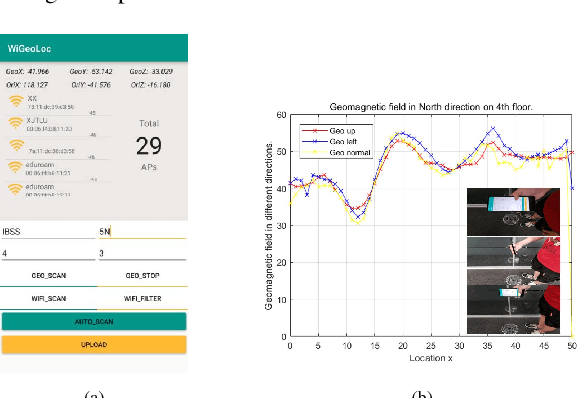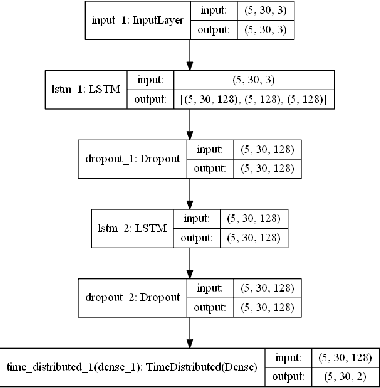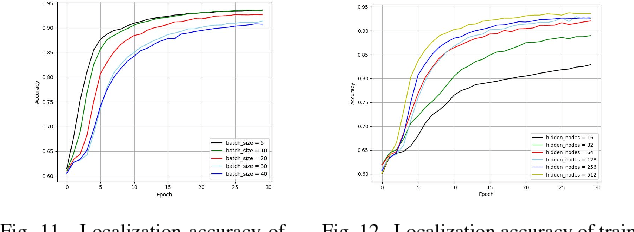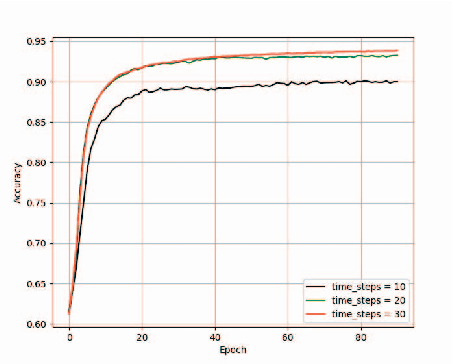Xintao Huan
AI Generated Signal for Wireless Sensing
Dec 22, 2023



Abstract:Deep learning has significantly advanced wireless sensing technology by leveraging substantial amounts of high-quality training data. However, collecting wireless sensing data encounters diverse challenges, including unavoidable data noise, limited data scale due to significant collection overhead, and the necessity to reacquire data in new environments. Taking inspiration from the achievements of AI-generated content, this paper introduces a signal generation method that achieves data denoising, augmentation, and synthesis by disentangling distinct attributes within the signal, such as individual and environment. The approach encompasses two pivotal modules: structured signal selection and signal disentanglement generation. Structured signal selection establishes a minimal signal set with the target attributes for subsequent attribute disentanglement. Signal disentanglement generation disentangles the target attributes and reassembles them to generate novel signals. Extensive experimental results demonstrate that the proposed method can generate data that closely resembles real-world data on two wireless sensing datasets, exhibiting state-of-the-art performance. Our approach presents a robust framework for comprehending and manipulating attribute-specific information in wireless sensing.
XJTLUIndoorLoc: A New Fingerprinting Database for Indoor Localization and Trajectory Estimation Based on Wi-Fi RSS and Geomagnetic Field
Oct 17, 2018



Abstract:In this paper, we present a new location fingerprinting database comprised of Wi-Fi received signal strength (RSS) and geomagnetic field intensity measured with multiple devices at a multi-floor building in Xi'an Jiatong-Liverpool University, Suzhou, China. We also provide preliminary results of localization and trajectory estimation based on convolutional neural network (CNN) and long short-term memory (LSTM) network with this database. For localization, we map RSS data for a reference point to an image-like, two-dimensional array and then apply CNN which is popular in image and video analysis and recognition. For trajectory estimation, we use a modified random way point model to efficiently generate continuous step traces imitating human walking and train a stacked two-layer LSTM network with the generated data to remember the changing pattern of geomagnetic field intensity against (x,y) coordinates. Experimental results demonstrate the usefulness of our new database and the feasibility of the CNN and LSTM-based localization and trajectory estimation with the database.
 Add to Chrome
Add to Chrome Add to Firefox
Add to Firefox Add to Edge
Add to Edge